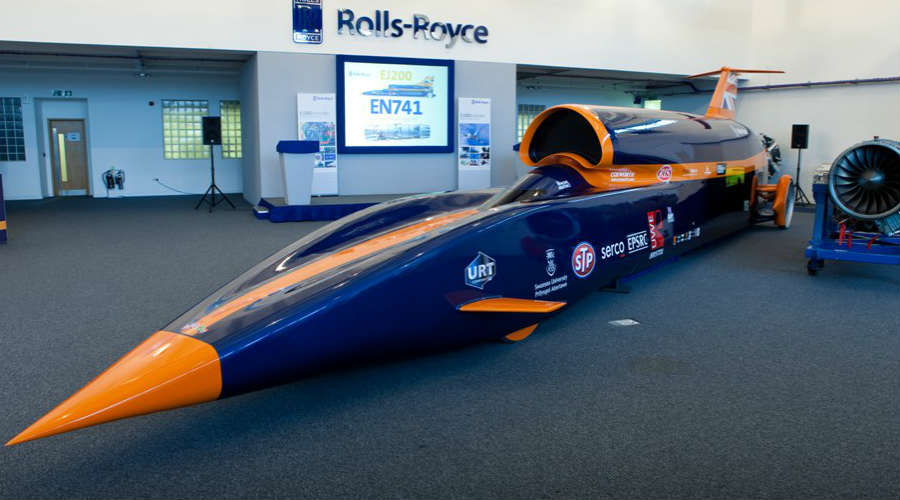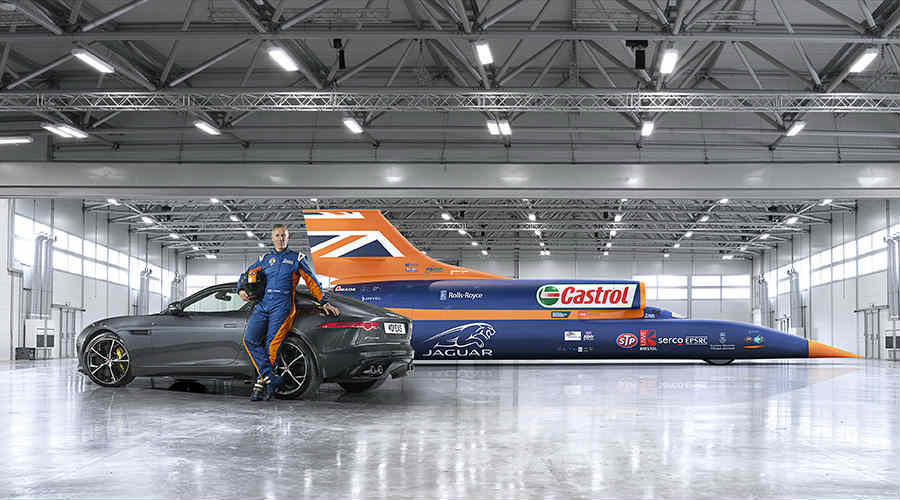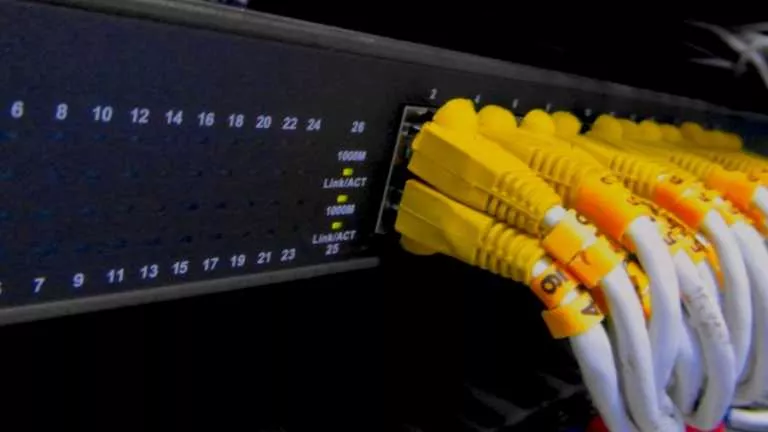Bloodhound SSC: Building A 1000mph Car And The Great Minds Behind It


Short Bytes: The Bloodhound SSC is a new jet-propelled supersonic car which is built with an aim to cross the 1,000mph mark. Created as a part of the Bloodhound project led by Richard Noble and Andy Green, the car will run to break the record at the FIA-approved location in Hakskeen Pan, South Africa, in October 2017.
Noble has continued the legacy of building the fastest car on the planet. The same way he did it in 1983 with Thrust 2, the car reached a record speed of 650.88mph surpassing the speed record of 633.468mph. At that time, Richard was on the wheels and the car was designed by John Ackroyd.
The hunger for speed took the Britons Richard and Andy to reunite 10 years later in 2007. They assembled a new team to build faster jet-propelled land speed record vehicle – which would be called Bloodhound SSC – with an aim to cross the 1,000mph mark on the speedometer.
Dr. Ben Evans is a member of the Bloodhound team. He is a CFD engineer working as a senior lecturer at the College of Engineering, Swansea University. He recalls his Bloodhound project experience in an article.
Bloodhound features an impressive and jaw-dropping specifications set under the hood. The 13.5-metre long beast packs a Rolls Royce EJ200 Jet Engine and a hybrid rocket engine. It weights 7786 kilos with fuel. It is designed to attain a maximum speed of 1050mph, the car can go from 0-1000mph in “just” 55 seconds generating an rpm of 10,000.
Ben, along with Ron Ayers, was responsible for ensuring that “this car would, indeed, remain a car and stay firmly planted on the ground”. It took the team seven years to finalise a working design for the car after multiple design changes, all aided by modern computer modelling techniques. Till now, the development of Bloodhound SSC has been confined to the “virtual wind tunnel”, it has not been taken for rocket sled testing or wind tunnel testing in the real world.
The aerodynamic design testing for Bloodhound SSC is quite different from the one used for the Thrust SSC. Rather than sliding the scaled model on a metal rail, the car will be tested in real world conditions and the data collected will be matched against the data gathered from the computational aerodynamics modelling setup.
“Over the next couple of years, starting with “low speed” runway testing at Newquay’s AeroHub in Cornwall we will slowly be increasing the speed of our test runs,” Ben writes. “The surface of the car itself is covered with about 200 pressure sensors and data from these sensors will be compared with the computer model predictions that were used to design the car in the first place.”
Ben’s prime task would be of analysing and correlating the data coming from the car and the computational model. The decision of increasing the speed of the car in every next test run would be taken on the basis of analysed data only. “But this is now the real world and there might be times when we have to (metaphorically) put on the brakes and ask ourselves some difficult questions.”
The hardest of those questions would be about making changes to Bloodhound SSC’s design. It will lead to a bump in the project cost, delaying the project at the same time. The sensor data gathered from the car would be made public in order to crowdsource some ideas and suggestions for the data analysis. Also, the car’s testing sessions will be live streamed on the internet.
At the World Land Speed Record campaign in October 2017, Bloodhound SSC will challenge the current world record for an 800mph record attempt. The run will be conducted at the FIA-approved South African Motorsports Association’s test site in Hakskeen Pan, South Africa. The supersonic vehicle will be transported to South Africa using a CargoLogicAir Boeing 747 and then to the desert location by road.
Faster than a speeding bullet:
The adventure is now getting very real indeed …
Some excerpts used in this writing have been taken from an article authored by Ben Evans and published by The Conversation. Read the original article here.
If you have something to add, tell us in the comments below.
Also Read: Transatlantic Tunnel: 54 Minutes To Travel From London to New York Through a Vacuum Tunnel






